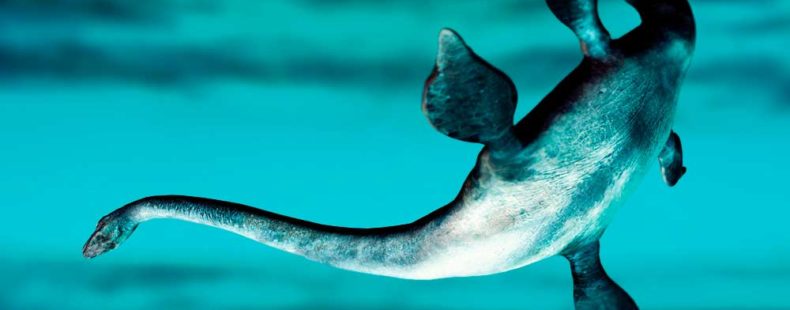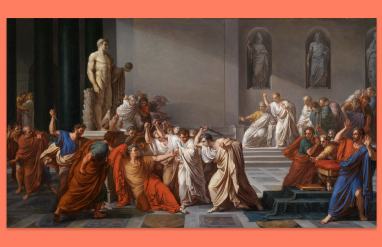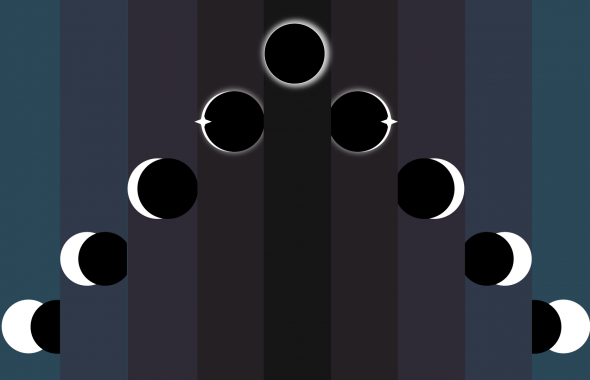What makes reading about a bunch of ancient heroes fun? Of course, it is all the gruesome, ghastly, ghostly beasts they had to fight. Sea monsters, serpent-dragons, vampires, giants made of bronze—these creatures are fantastic on the page. They also happen to be the best inspiration Hollywood could ask for.
Just like the Harry Potter universe has Fantastic Beasts and Where to Find Them, we have many mythic creatures to discover. Are you in need of an idea for your next big thriller? We’ve got you covered.
Simply want to see an awesome collection of literary leviathans? There’s everything from vampire hybrids to grisly floating heads in the dictionary folks.


























